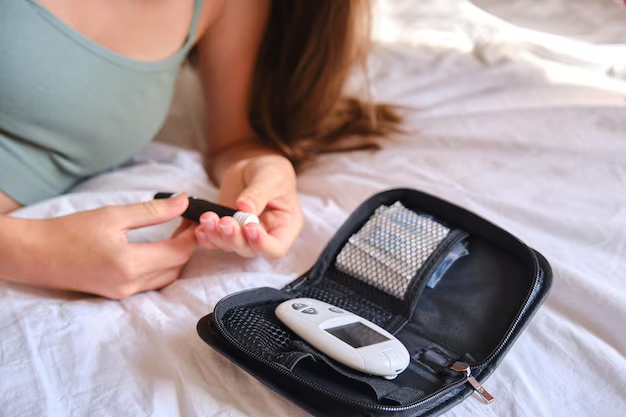Understanding Diabetes Insipidus: Symptoms, Causes, and Help Beyond Health
If you hear the term diabetes, you might instantly think of blood sugar and insulin. However, Diabetes Insipidus (DI) is a different condition entirely. Though it shares a name, this medical condition doesn’t involve sugar or insulin regulation and is instead characterized by the kidneys' inability to conserve water. Let's delve into what Diabetes Insipidus is, why it happens, and how you can manage life with the condition—a journey that perhaps even connects to avenues of economically coping with medical expenses.
What Is Diabetes Insipidus?
Diabetes Insipidus is a rare disorder that leads to imbalances in body fluids. It results from a deficiency of the hormone vasopressin, which regulates the body's water retention. This condition prompts patients to produce excessive amounts of dilute urine, which can lead to dehydration if fluid intake doesn’t keep pace. Here's further insight into this often-misunderstood condition:
Symptoms: The primary symptoms include persistent thirst and the excretion of large volumes of urine—anywhere from 3 to 20 quarts per day, compared to the usual 1-2 quarts. Additional symptoms may involve dry skin, fatigue, and electrolyte imbalance.
Causes: The underlying causes range from genetic mutations to damage to the hypothalamus or pituitary gland due to infection, injury, or surgery. Occasionally, Diabetes Insipidus develops due to conditions that affect your kidneys' response to vasopressin.
Diagnosis and Treatment: Diagnosis involves water deprivation tests, urinalysis, and MRI scans. Treatment often includes desmopressin to replace missing vasopressin, hydration, and, in certain types, medication to address the underlying kidney sensitivity.
Financial Support: Life, Beyond Medical Coping
Living with a chronic condition like Diabetes Insipidus impacts more than health; it maps onto financial stability too. Medical treatments, healthy living adaptations, and contingency plans could strangle household economics, especially without a robust support system.
Here’s where knowing about financial assistance can help regain control over life’s broader spectrum:
Navigating Financial Assistance Successfully
Government Aid Programs: Government initiatives such as Medicaid could alleviate healthcare costs, providing access to essential medication or therapies without overwhelming your budget.
Insurance Considerations: Health insurance often covers treatments related to DI. Evaluate whether supplemental insurance could fill any remaining gaps and bounce back financially.
Debt Relief Options: Managing debts garners even more significance amidst medical conditions. Explore programs that offer debt consolidation or negotiation to lighten the financial pressure.
Credit Card Solutions: Consider credit cards specifically designed for medical expenses to have a ready line of credit for unforeseen medical emergencies.
Educational Grants: Public and private sectors offer educational assistance to re-skill and secure a stable job market footing. Upholding career longevity is another facet of effectively managing healthcare costs.
Understanding the full scope of Diabetes Insipidus is not limited to the physical realm. It includes financial wellness. Acknowledge and embrace both treatments and tools that consolidate a graceful life path.
Financial and Educational Resource Highlights:
- 💼 Government Aid: Medicaid, Supplemental Security Income (SSI)
- 🏥 Insurance Help: Medicare, Private Health Insurance
- 📉 Debt Support: Credit Counseling, Debt Consolidation
- 💳 Credit Solutions: Medical Credit Card, Low-Interest Loans
- 🎓 Educational Aid: Scholarships, Vocational Training Grants
Informed knowledge and broad-spectrum preparedness with helpful financial programs can empower you to manage not just Diabetes Insipidus, but all the related challenges life throws your way.
